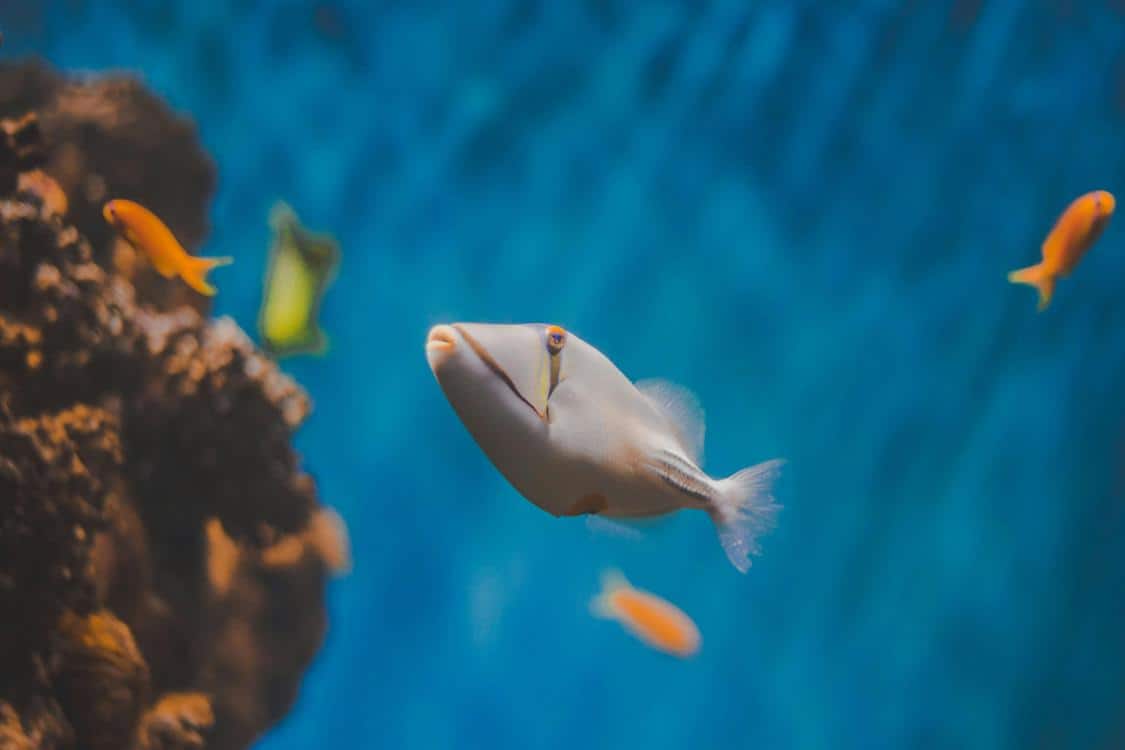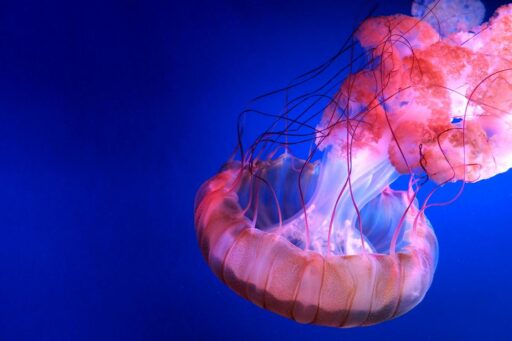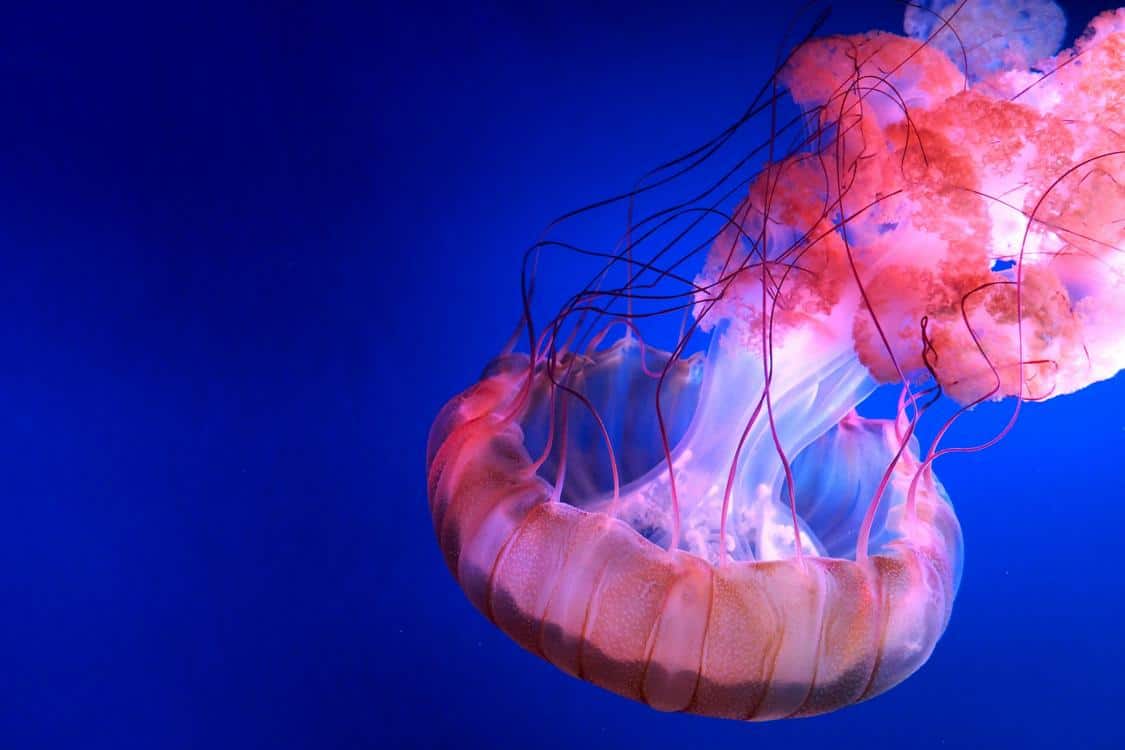Shrimp are incredibly robust, but they can be sensitive too. Especially when introducing something new or changing their environment.
If your rare shrimp are dying, first isolate the body in a container and take pictures. Then look for signs of infection or molting problems – like growths around the gills and swimmerets.
Cause 1: Overfeeding
While a bit of overeating on occasion may not be harmful, it is important to understand the effects of overeating. If you are eating more than your body burns, then you will have a calorie surplus that can lead to weight gain and other health issues. Overfeeding your shrimp can also be harmful if you do not properly monitor the amount of food that you are feeding them.
When you overfeed your shrimp, they will not be able to digest the excess waste that is produced. This can lead to a buildup of ammonia in the water that will eventually kill them. To avoid overfeeding, you should only feed your shrimp a small portion of food each time.
In the wild, shrimp eat a variety of items from their environment. They will eat the algae and biofilm that is found in rivers and lakes, as well as other things such as insect larvae, dead conspecifics, fish, plant matter, and even bacteria. This diverse diet helps them maintain a balanced life and provides all the necessary nutrients that they need to thrive.
To ensure that your shrimp are getting the proper nutrition, you should try to add a variety of vegetables to their tank. One of the best options is broccoli, as it is high in protein and contains many nutrients that your shrimp will need. You can use fresh or canned broccoli in the tank, but you should make sure that it is blanched before adding it. This will prevent it from polluting the water with its toxins.
Another great option is kale, as it offers a variety of nutrients that your shrimp will need. You can wash and blanch kale before adding it to your tank, and you should try to feed your shrimp this vegetable often.
Cause 2: Water Change

If you do a large water change, or even small changes too often, it can quickly take away the already balanced water composition of the shrimp tank. This can shock the shrimp and send them into a premature molt, leaving them vulnerable to infection and death.
One sign that your critters are stressed is if they twitch and spasm while attempting to get around the tank or to the surface of the water. They may also jump up and freeze in mid-air (or water) before slowly descending back down into the tank. This is a sign of stress and can lead to them not molting properly, leading to them dying.
Another way to tell if your shrimp are in trouble is by the color of their exoskeleton. Healthy shrimp should be a mottled green, but if they start to molt, their skin will eventually turn a solid white color where it meets its head at the top. The white ring indicates a bad or failed molt, and means that the shrimp cannot grow new skin to replace its old exoskeleton.
To fix this, try reducing the amount of water changes you do. During this time, use a snail trap and manual removal of any snails you notice in the tank, siphon the substrate (depending on the type of substrate) as needed, and re-balance the water parameters. This will be a slow process over a few weeks, but it will help save your shrimp.
Cause 5: Improper Water Conditions
When it comes to freshwater shrimp, water conditions are one of the biggest determinants for their survival. Most freshwater shrimp are raised in the wild or in commercial operations that require them to live in specific waters with certain parameters. These water conditions are their natural habitat and they get used to it. When you bring them to a new home they often have trouble adapting to the new water conditions because they aren’t used to it and it can cause stress.
This can lead to diseases, molting problems and other ailments that will slowly kill them over time. It’s also important to keep in mind that shrimp are very sensitive to sudden changes of water conditions and they will have a much harder time adapting than fish or other pets. It’s a good idea to test the water frequently and avoid radical alterations to the shrimp tank.
Lastly, it’s also important to note that the quality of tap water varies greatly depending on where you live and how it is treated. Many places use chlorine in the treatment of their water and it can be harmful to shrimp. If you suspect the death of your shrimp was caused by chlorine poisoning (and not disease, molting problems, parasites or other ailments) try to use distilled water in your next water change. Also, strongly bubble the water when changing it over so that it expels the chlorine.
When posting online about your shrimp problem, be sure to include a full case report with all of the necessary information such as the type of shrimp, the water parameters they are supposed to be at, and the date you last tested them. This will make it much easier for someone to determine the cause of your shrimp’s death.













